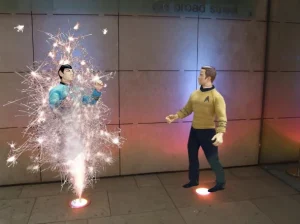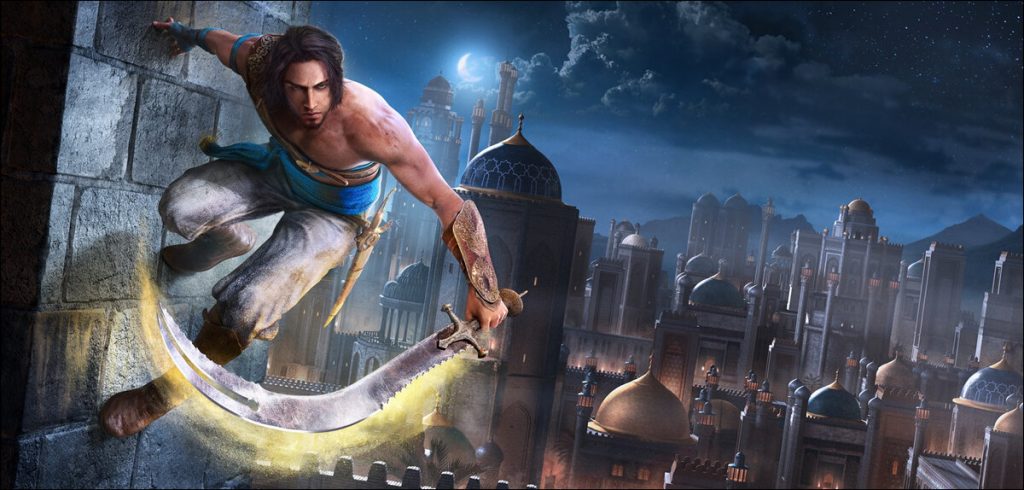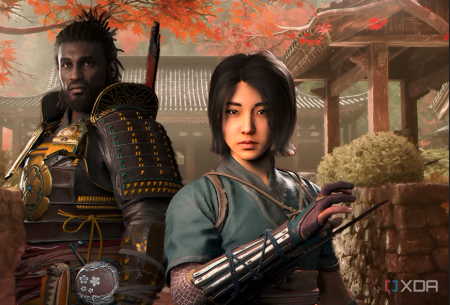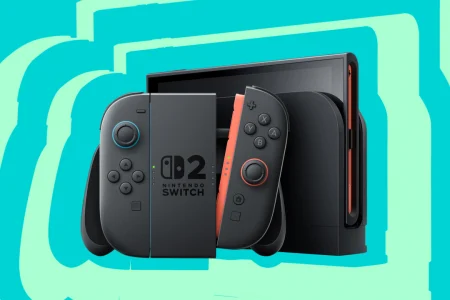Dinesh Elumalai takes you across the legendary game where you get to become a prince, a warrior and a hero all at once.
Ever wanted to become like Aladdin, Arnold Schwarzenegger and an Avenger all at once. Well then, Prince of Persia may be the right thing for you. Strong gameplay, smooth style, and simple controls created a charming gaming experience called Prince of Persia. This is a classic action game for you to feel as a good old righteous ‘Hero’.
The first release of this game took place on various platforms on October 3, 1989. The 1989 fantasy cinematic platformer Prince of Persia was created by Jordan Mechner for the Apple II and developed and released by Broderbund. Players take control of an unnamed protagonist in this game set in ancient Persia who must explore several dungeons to defeat the Grand Vizier Jaffar and free a princess who is being held captive. Prince of Persia’s fluid and realistic animation was created using rotoscoping, just like Mechner’s first game, Karateka.
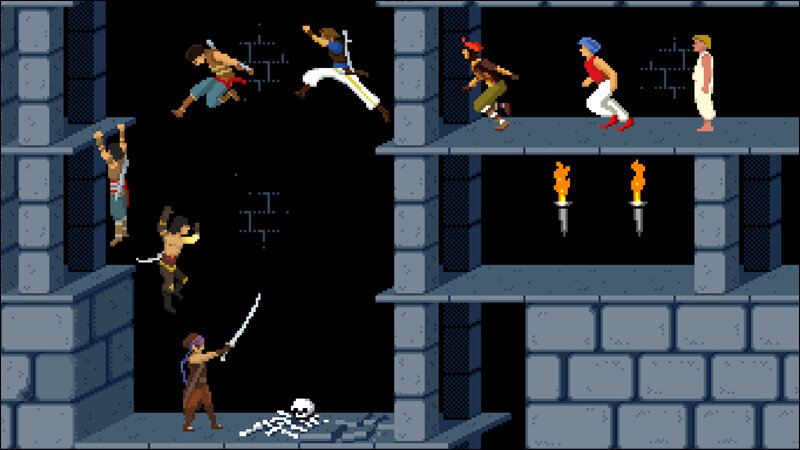
The game received critical acclaim and, while not an immediate commercial success, sold many copies after being ported to a variety of platforms following its first Apple II release. It is thought to be the first cinematic platformer, and it inspired many subsequent games in this subgenre, including Another World.
Prince of Persia: The Sands of Time, which produced three sequels of its own, and Prince of Persia, which had the same title, were both born from its success, as were two sequels, Prince of Persia 2: The Shadow and the Flame and Prince of Persia 3D.
Three different time periods have been covered throughout Prince of Persia, each following a different Prince. When unpacking the series’ chronology, there is obviously a lot to consider, and there are a few remakes and ports to further muddy the waters.
Game Play
The game takes place in ancient Persia. While the Sultan is at war in another country, his vizier Jaffar, a wizard, seizes power. His merely rival for the power is the Sultan’s daughter (although the game never specifically mentions how). Jaffar imprisons her in a tower and orders her to marry him or die within 60 minutes (extended to 120 minutes in the Super NES (Nintendo Entertainment System) version, which has longer and harder levels).
The unnamed protagonist of the game, whom the Princess adores, is imprisoned in the palace dungeons. He must escape the dungeons, reach the palace tower, and defeat Jaffar before time runs out. However, in addition to guards, traps, and dungeons, the protagonist is hampered by his own Doppelgänger, an apparition of his own self conjured out of a magical mirror.
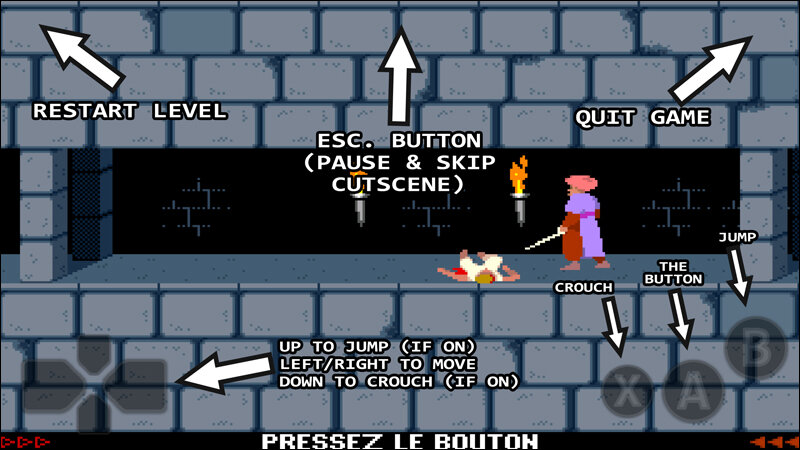
To get the unnamed protagonist into a tower before time runs out is the player’s primary objective. Avoiding traps and fending off adversarial swordsmen are necessary for completing this. There are twelve levels in the game (though some console versions have more). However, only after level 2 can a game session be saved and resumed.
The player’s health is represented by a series of small red triangles. The player begins with three points. When the protagonist is injured (cut by a sword, falls from two floors of heights, or is hit by a falling rock), one of these indicators is lost. There are small jars containing various coloured and sized potions. The red potions found throughout the game replenish one health indicator. Poisonous blue potions deal one life indicator of damage. There are also large jars of red potion that grants a temporary ability to hover and large jars of green potion that increases the maximum number of health indicators by one. The protagonist dies if the player’s health falls to zero.
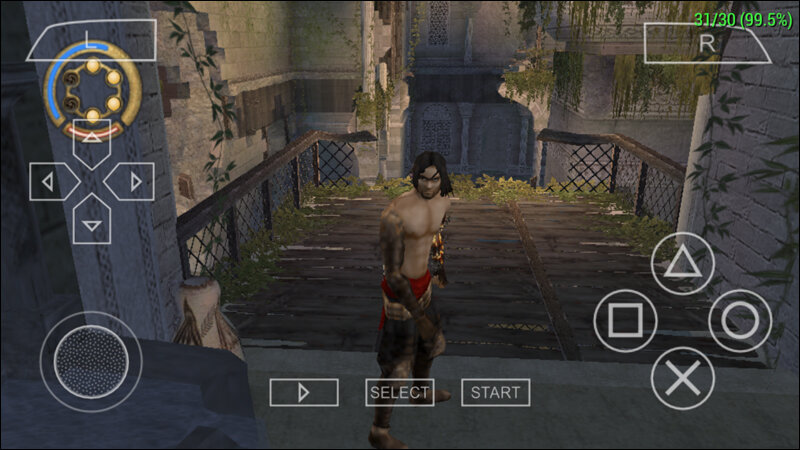
As a result, the game is restarted from the beginning of the stage where the protagonist died, but the timer does not reset to that point, resulting in a time penalty. There is no counter for the number of lives; however, if time runs out, the princess will be gone and the game will end, subject to console version variations.
Chronological order of Games released
Prince of Persia
PC, Nintendo Wii, Nintendo 3DS, Atari ST, Game Boy, Game Boy Color, Game Gear, Sega Genesis, Sega CD (Compact Disc), Sega Master System, SNES, TurboGrafx-CD are all available platforms.
The original release date was October 3, 1989.
Best Feature – The game was the first to introduce the cinematic platformer genre.
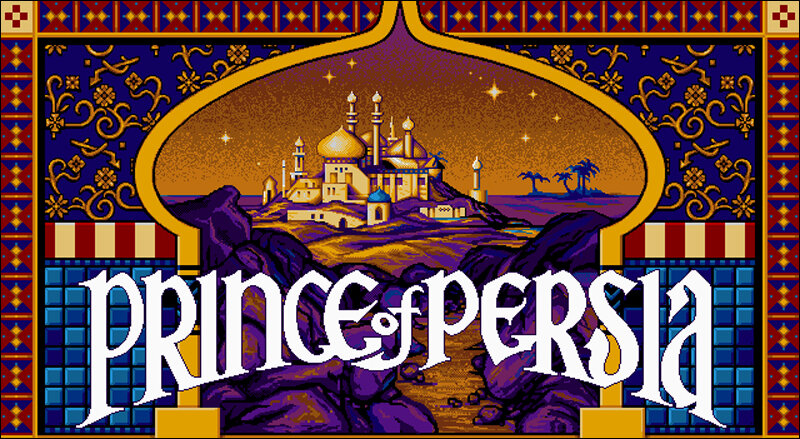
The original, Prince of Persia, was unquestionably a product of its time. Not only is the gameplay the most platforming-focused of the series, but it is also the most difficult.
Although it may not appear to be anything special today, the game’s graphics, aesthetics, and sound design were ground-breaking at the time. The game is regarded as the first cinematic platformer ever released, and it was widely regarded as one of the best platformers of all time when it was first released.
Prince of Persia 2: The Shadow and the Flame
PC and SNES are the platforms that are available.
Date of First Publication: 1993
The game did an excellent job of expanding the franchise’s combat mechanics.
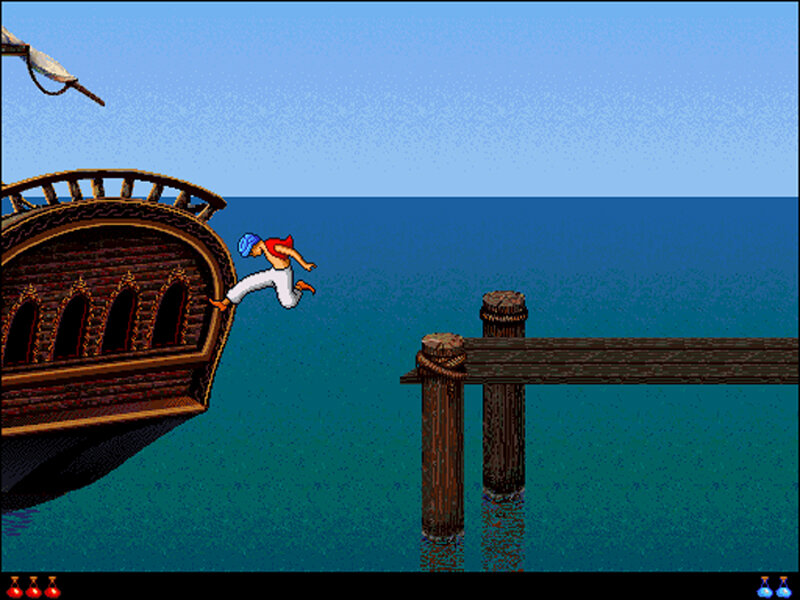
Prince of Persia 2: The Shadow and the Flame is primarily a platformer, with more combat than its predecessor. In 1989’s Prince of Persia, only one enemy would ever confront the player at a time, whereas in Prince of Persia 2, enemies would frequently swarm the player if they were not careful.
Prince of Persia – 3D
PC and Dreamcast are the platforms that are available.
Originally released on September 17, 1999.
Best Function – It was the first 3D Prince of Persia game, and its graphics and animations were surprisingly good for the time.
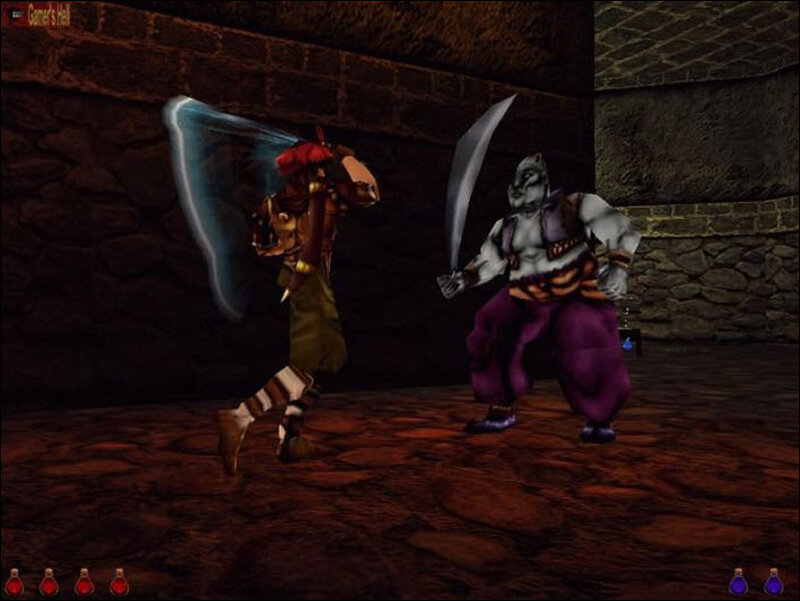
As the title suggests, Prince of Persia 3D was the franchise’s first foray into the new world of 3D gaming. Unfortunately, Prince of Persia 3D is closer to the Bubsy 3D end of the spectrum than the Super Mario 64 end.
Prince of Persia: The Sands of Time
Platforms supported include the Game Boy Advance, PlayStation 2, Nintendo GameCube, Xbox, PC, Mobile, PlayStation 3, PlayStation 4, and Xbox One.
The first release date was October 28, 2003.
The unique blend of platformer and action-adventure genres that few games have been able to replicate since.
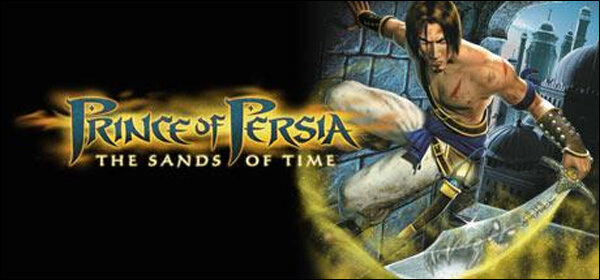
As previously stated, Ubisoft’s first Prince of Persia game, Sands of Time, is a superbly balanced title. It combines the platforming gameplay that dominated the industry in the 1990s with the action-heavy style that emerged with the release of the PlayStation 2.
Prince of Persia: Warrior Within
Platforms supported include the GameCube, PC, PlayStation 2, Xbox, mobile, BlackBerry, iOS, and PlayStation Portable.
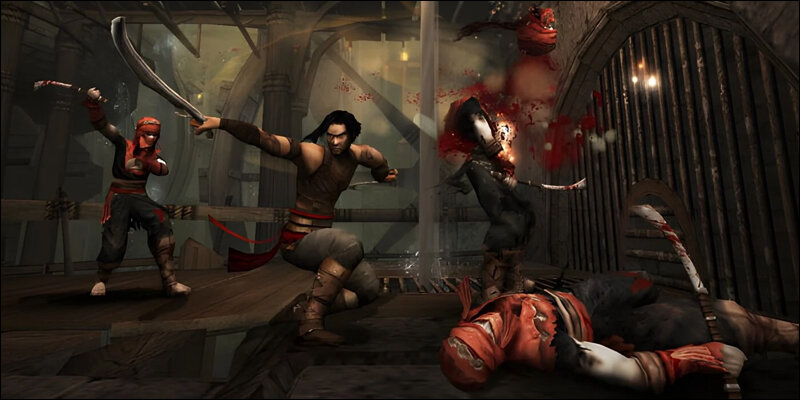
The first release date was December 2, 2004.
Best Feature – Excellent hack and slash gameplay was incorporated into the series.
Warrior Within did not reach the heights of its predecessor, but it was still one of the most memorable action-adventure experiences of the PlayStation 2 generation. Warrior Within, in keeping with the times, leaned more towards hack and slash elements by allowing players to wield an extra weapon.
Prince of Persia: The Two Thrones
Platforms include the PlayStation 2, GameCube, PC, Xbox, Mobile, PlayStation Portable, PlayStation 3, and Wii.
The first release date was December 1, 2005.
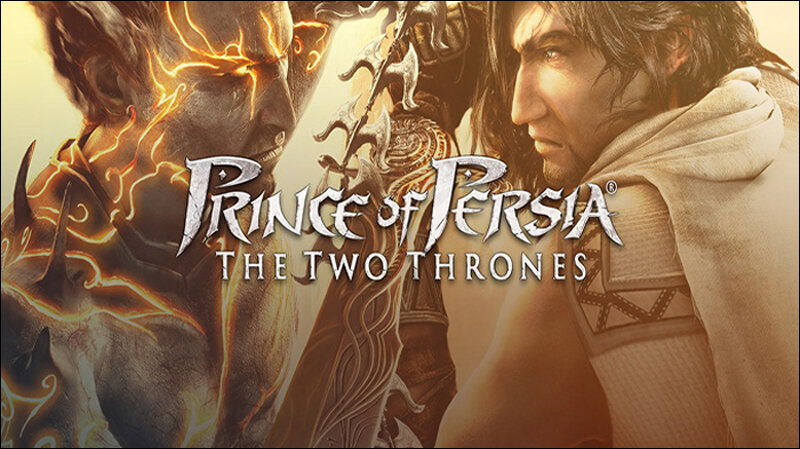
Best Feature – The story, which wraps up the iconic PlayStation 2 trilogy beautifully.
Prince of Persia: The Two Thrones was the most brutal hack and slash entry in the series’ Sands of Time trilogy for the PlayStation 2. The Two Thrones, as one would expect from the final instalment of a trilogy, is one of the franchise’s most story-driven titles, as players learn the consequences of the prince’s actions in Warrior Within.
Battles of Prince of Persia
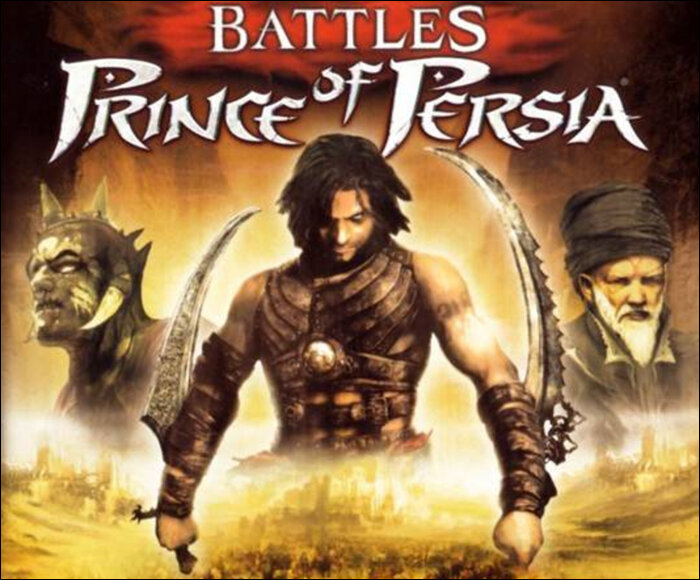
Platforms Available – Nintendo DS Initial Release Date – December 6, 2005
Best Feature – Unlike The Fallen King, this game offers a Prince of Persia experience that is better suited to the Nintendo DS.
Ubisoft took the limitations of the Nintendo DS into consideration with 2005’s Battles of Prince of Persia, which attempted the turn-based tactics genre. The game takes players to Persia, India, and a fictional kingdom known as Aresura, and takes place between the events of The Sands of Time and Warrior Within.
Prince of Persia Classic
Xbox 360, PlayStation 3, iOS, and Android are the platforms that are currently available.
The first release date was June 13, 2007.
The updated visuals that make the classic game appealing to modern audiences are the best feature.
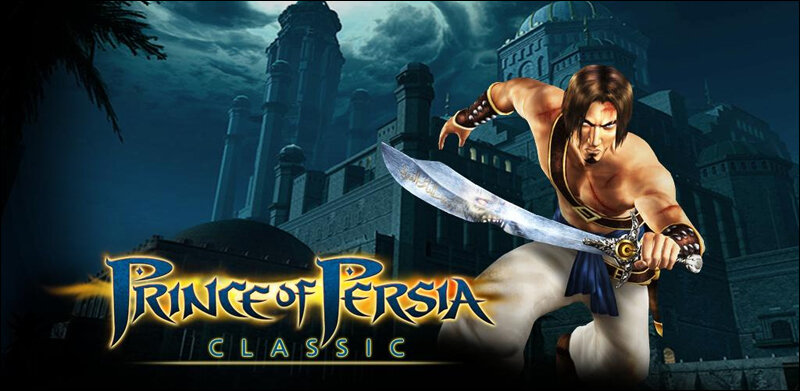
Prince of Persia Classic, a remake of the original Prince of Persia, returned players to the franchise’s side-scrolling roots with a reimagining of Broderbund’s original Prince of Persia. Gameloft is the company that created the game. On Metacritic, the game received an 82. This is especially impressive given that in 2007, many gamers dismissed remakes as a money grab.
Prince of Persia 2008
Platforms supported include the PlayStation 3, Xbox 360, PC, and Nintendo DS.
The first release date was December 2, 2008.
Best Feature – The game’s fantastic art design distinguishes it from the rest of the series.
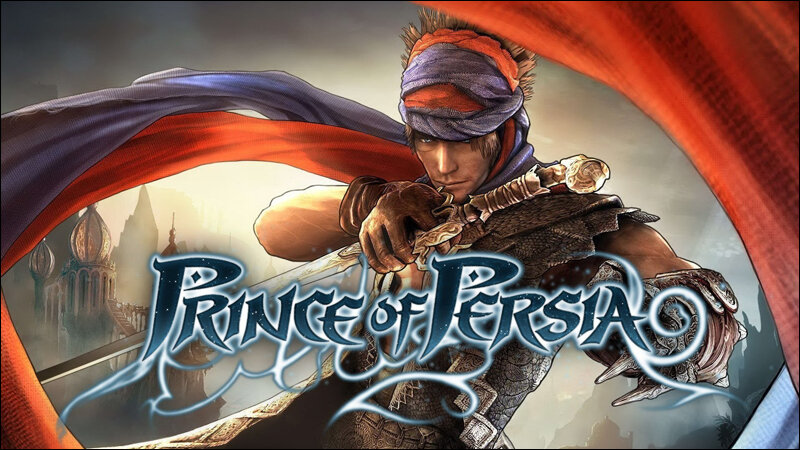
Ubisoft decided in 2008 that it was time to reboot the Prince of Persia series. Prince of Persia (2008) saw a drastic change in art style and was a forerunner in the modern trend of removing all game over functionality.
With Prince of Persia: The Forgotten Sands, Ubisoft decided not to return to the art style of Prince of Persia (2008). This was unfortunate because the game had won the AIAS Annual Awards for Outstanding Achievement in Animation.
Prince of Persia – The Fallen King
Platforms Supported – Nintendo DS Release Date – December 2, 2008
Best Feature – Despite its flaws, Ubisoft’s implementation of a stylus-only control scheme in an action-adventure game is impressive.
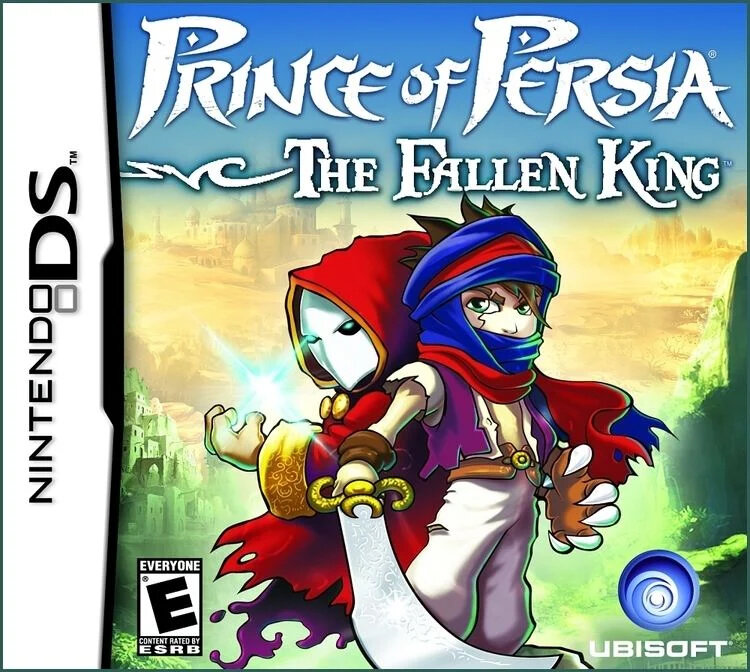
It was always going to be difficult to create an action-adventure game for the Nintendo DS. Unfortunately, Prince of Persia: The Fallen King does not deviate from the norm. The game received a mediocre 64 on Metacritic, with most of the criticism focusing on the game’s poor controls.
Prince of Persia: – The Forgotten Sands
Platforms supported include the PlayStation 3, Xbox 360, Wii, PC, Nintendo DS, and PlayStation Portable.
The initial release date is May 18, 2010.
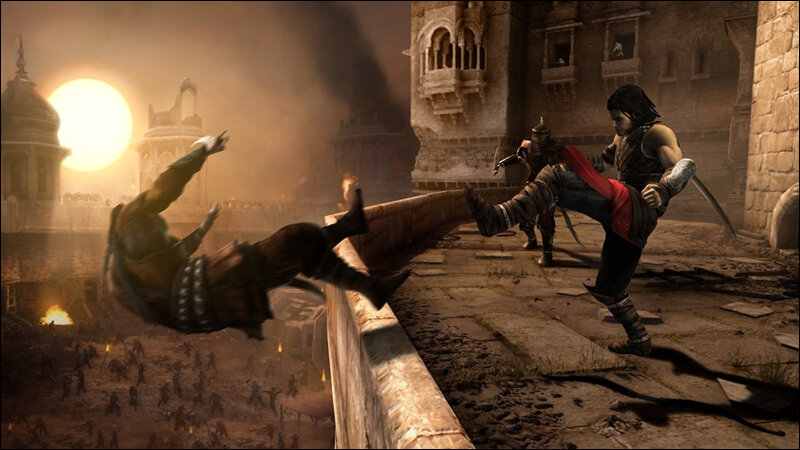
Best Feature – As the most recent Prince of Persia game, it offers the most up-to-date experience.
This list improves significantly with the addition of Prince of Persia: The Forgotten Sands. Ubisoft chose not to continue the story from the series’ 2008 reboot, instead returning players to the PlayStation 2 trilogy.
Prince of Persia: Escape
iOS and Android are the platforms that are currently available.
The first release date is September 27, 2018.
The art style that modernises the classic visuals from the first game is the best feature.
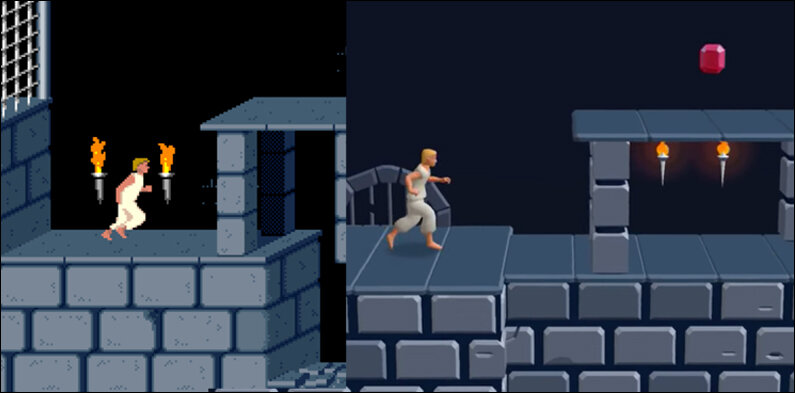
Prince of Persia: Escape is a mobile game developed by Estoty and published by Ketchapp. The game is a single-player endless runner with an art style based on the first game in the long-running series, though players can also unlock outfits from other games in the franchise, including The Sands of Time and Warrior Within.
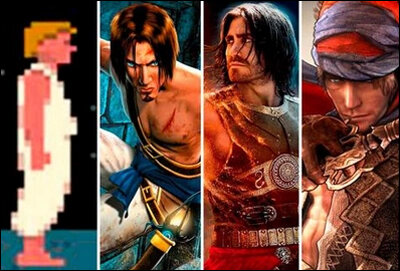
Prince of Persia: Escape has an infinite number of levels, making it a great casual game to play without worrying about objectives or endgame challenges.
So, if you are in the mood for a fantastical excursion through Persia, and revel in heroic adventures to save your kingdom and your beloved, come on in and play Prince of Persia, and get lost in the sands of time.


